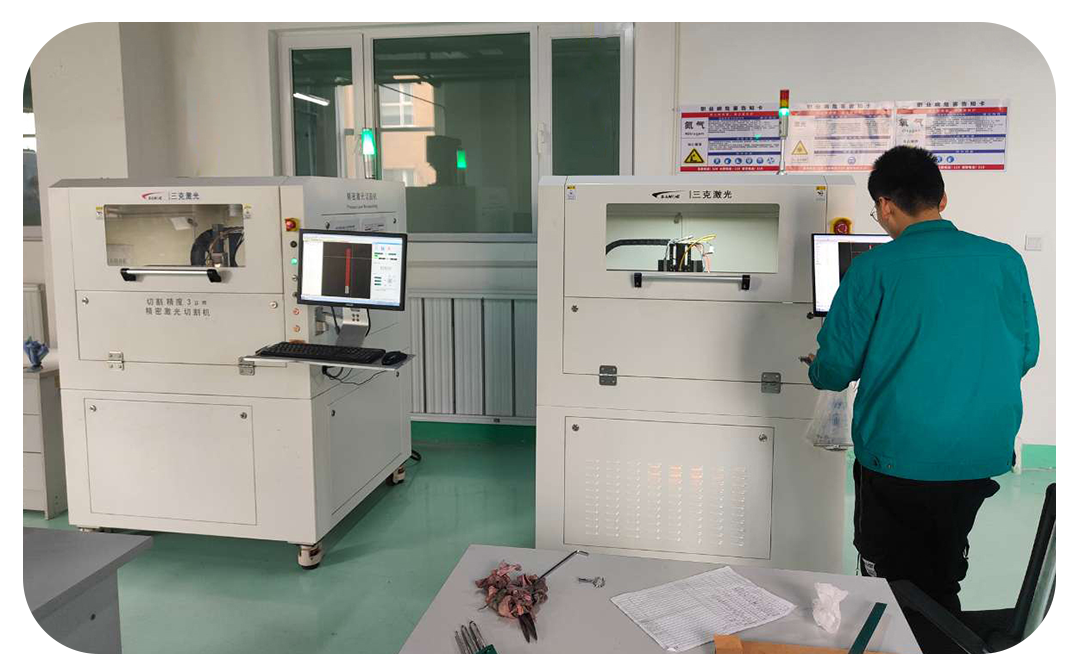I. Introduction
In maintenance and restoration, cleaning is a necessary process that impacts on everything from the longevity and performance of different surfaces and substrates to later surface treatments. Although traditional cleaning methods are effective, they present a variety of issues inherent in the method used. These may include usage of harsh chemicals or potential surface damage; many also have environmental implications. The advancement of traditional handheld laser cleaning machines in particularly a completely new concept, they have brought with them many advantages over conventional technologies. This article takes a look at what exactly those benefits are as well as how their application is being transformed cross-cutting cleaning technologies in various fields.
II. Overview of Traditional Cleaning Methods
Traditional cleansing methods include chemical cleansing, abrasive cleansing, ultrasonic cutting, etc. Although these methods are often effective, they may be a little too invasive. For instance, the chemicals used in traditional methods can be harmful to both soil and site. And they all have to be stored; in fact some will even vaporize quickly if left sitting around. Besides, they often require especially labor-intensive work which can be hard on one's hands in addition to generating big piles of waste as their reward for all that effort.
III. Introduction to Handheld Laser Cleaning Machines
Handheld laser cleaning machines utilize focused laser energy to remove contaminants from surfaces without contact. The technology behind these machines is the result of a complex physical interaction between the laser and the material. This removes dirt, paint, rust and other materials from a surface without harming it in any way whatsoever.
IV. Major Advantages of Handheld Laser Cleaning Machines
A.Precision and Selectivity Offers precision and selectivity that use of hand-held laser cleaning machines let the operator aim at particular region without affecting neighboring materials. It was especially helpful for cleaning delicate or intricate surfaces in instances where traditional methods could leave damage behind.
B.Environmentally Friendly A laser cleaning machine does not use harmful chemicals or solvents, making it an environmentally friendly alternative. It reduces the costs of waste disposal, supporting the current trend towards sustainable development.
C.Improves efficiency and Speed Laser cleaning is far quicker than traditional techniques--in many cases, work that would take months can now be completed in just a fraction of that time. These higher levels of efficiency lead to cost savings and improved productivity.
V. Case Studies and Real Examples
For example, laser cleaning machines' effectiveness has been demonstrated in a number of case studies. This includes the cleaning of huge-sized pollution and dirt from historical sites which has been achieved without damaging the underlying stonework - using hand-held lasers, that is. Similarly, in the automotive industry, laser cleaning does well to strip body parts of their old paint and rust. Despite this treatment, existing metal surfaces remain unaffected.
VI. Restrictions and Criteria
As we consider the benefits of hand-held laser cleaning machines, there are always boundaries. First, the initial investment is substantial. Secondly, equipment of this complexity requires an appropriate degree of technical expertise. Lastly there are limitations on the size and kind of project that can be undertaken with hand-held machines as opposed to larger, fixed systems such as these.
VII. Future Trends and development
Progress in the area of laser cleaning technology continues. Developing trends include increasing power and new fields of application for such remote control (hand-held) cleaning equipment, such as the cleaning of solar panels: wind turbine blades etc. Concurrently in laboratories there are techniques for removing nuclear contamination from power plant sludges. Case experimental verification is advanced, but these methods have yet to be put into industrial use; one problem involves the careful setting up of an appropriate radiation shield. Combining laser cleaning with other cleaning technologies, such as robotics, is also an area of interest.
VIII. Conclusion
Handheld laser cleaning machines have many advantages, such as accuracy, non-contact, environmental protection, efficient, multi-usable, and safe. That's why they are suitable to a variety of cleaning applications. As we move along this technological revolution and all related work grows at a geometric rate handheld laser cleaning machine's effect upon traditional cleaning methods will certainly be much more far-reaching, returning us to the era of effective green solutions for maintaining materials and surfaces.
 EN
EN
 AR
AR
 FR
FR
 DE
DE
 JA
JA
 KO
KO
 RU
RU
 ES
ES


